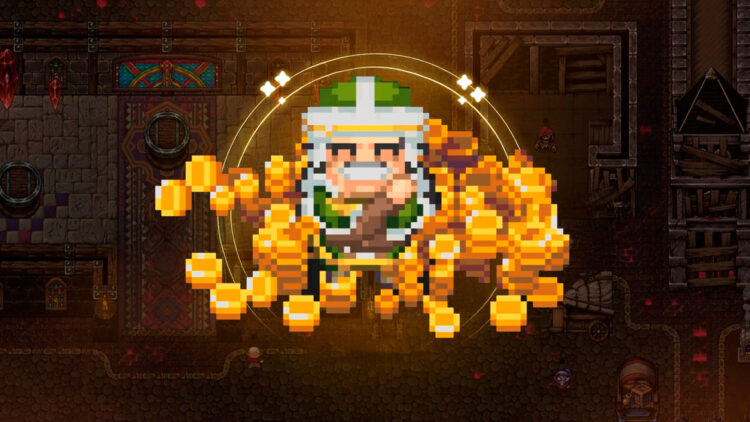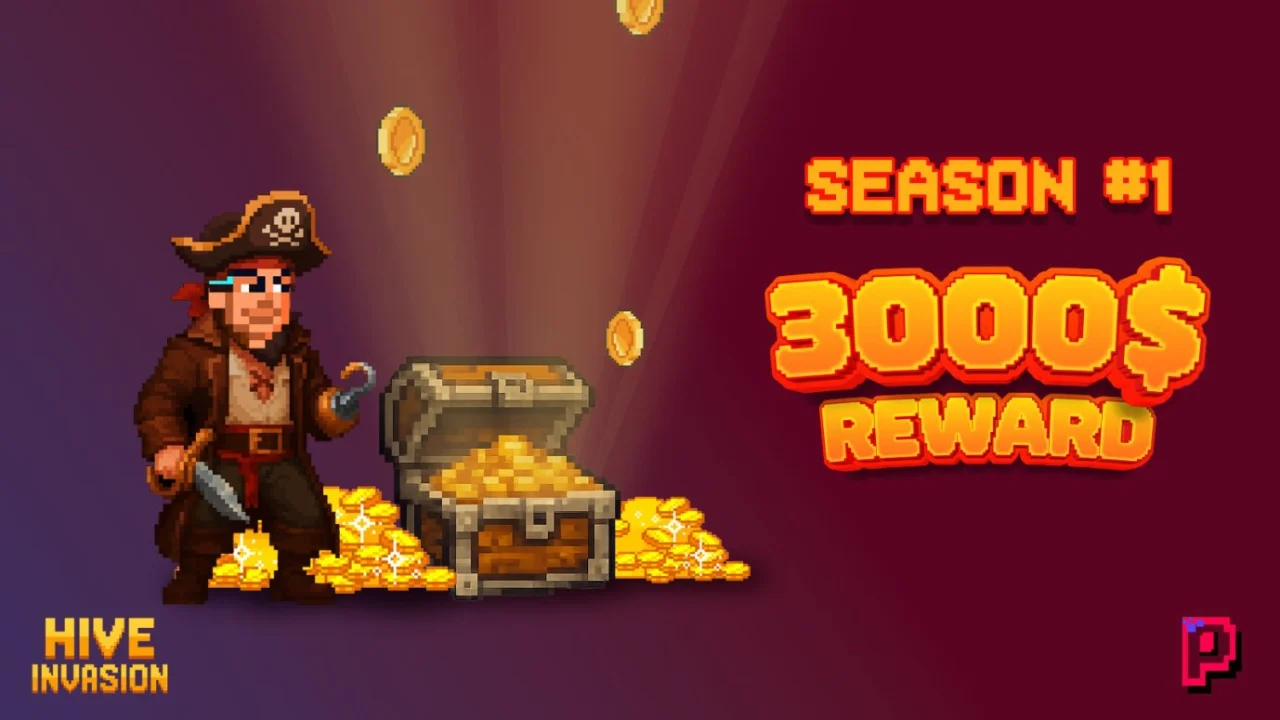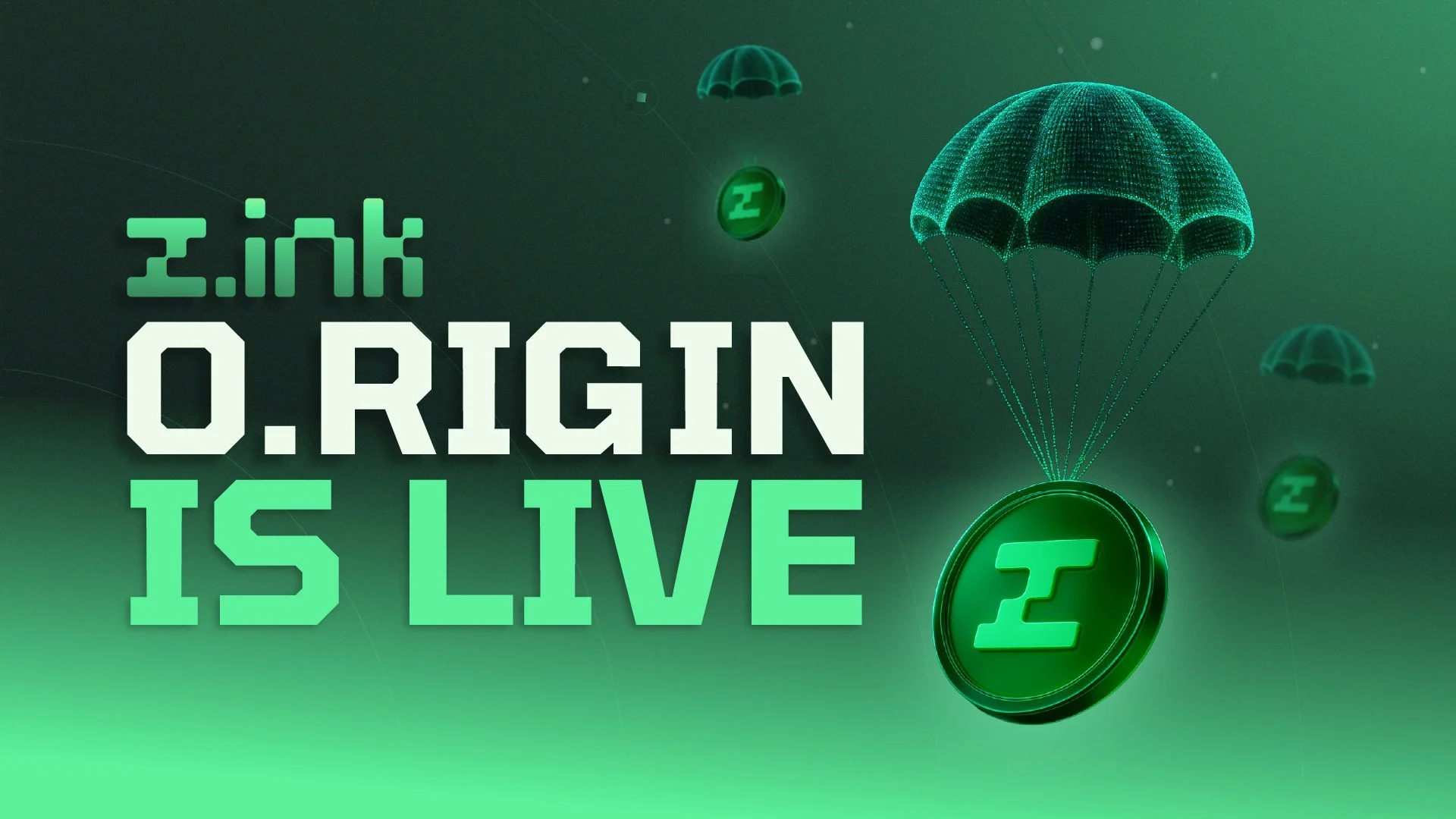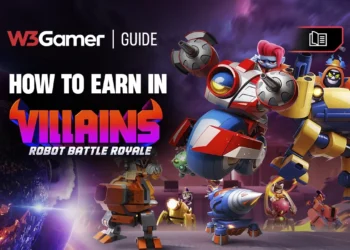Cambria, the play-to-earn fantasy MMO built around a high-stakes, player-driven economy, just wrapped up its second season—and it was a massive one. Over 20,000 players, half of them paying participants, competed across two weeks in Gold Rush: Cambria Season 2, a condensed but intense race for on-chain dominance, loot, and real-world crypto payouts.
At the center of it all was a prize pool worth roughly 894 ETH, or $1.52 million USD, funded by in-game spending on Royal Charters and Energy Orbs. It’s a notable jump from Season 1, which awarded roughly $1 million and marked the game’s debut on the Ronin Network. The prize pool was split among players, creators, bug reporters, and passive investors based on their contributions and roles within the game.
Paymasters Rise, Guilds Strike Back
Cambria Season 2 emphasized a unique economic war between two powerful roles: Paymasters, who earned passively by staking game assets, and Viceroys, guild leaders who coordinated teams of active players. One top Paymaster reportedly earned 12.3 ETH and raked in 240 million Silver—Cambria’s in-game currency—along with 8 million Trinkets. Meanwhile, the highest-earning guild leader walked away with 6.78 ETH, 303 million Silver, and 10 million Trinkets.
Players spent around $1.3 million during the season, engaging in nearly 1 million on-chain transactions across the Abstract and Ronin networks. Cambria tracked 1.3 billion Royal Favor (the game’s passive earning metric) and processed nearly 20 billion Silver in Auction House trades—about $709,000 USD in player-driven volume.
Who Got What?
Cambria devs revealed a detailed breakdown of the final prize pool:
- $1.16 million to players based on their final Silver balances.
- $64,000 to exploit reporters.
- $64,000 split between streamers, creators, and referrers.
- A symbolic $212 went to Paymasters as tax revenue.
These payouts followed deductions for Treasury fees but still represent one of the most lucrative reward distributions in crypto gaming this year.
How Cambria’s Risk Economy Works
Inspired by RuneScape, Cambria is a seasonal MMORPG that resets progression with each new event. Players earn loot—Corrupted Artifacts, Coins, Trinkets—by battling monsters or trading on the in-game market. Those who mint Royal Charters can “cash in” loot for Royal Favor, which feeds into passive bribes, airdrops, and leaderboard bonuses.
The game enforces a high-risk model where dying in higher-tier areas can mean losing gear or energy. But risk also comes with reward: better loot, more Favor, and greater earning potential. Players can also amplify returns with Energy Orbs or Founder NFTs, which unlock extra bribe bonuses and airdrop multipliers.
There’s also room for purely financial participation. Paymasters—akin to in-game landlords—earn ETH from transaction taxes when solo players cash in loot. Guild leaders, on the other hand, organize sponsored players, set tax splits, and compete for leaderboard dominance, all while shaping the game’s political and economic meta.
What’s Next for Cambria?
Cambria Season 2 is over, and while there’s no date for Season 3 yet, Cambria’s hybrid of MMORPG gameplay and DeFi economics continues to evolve. The team has hinted at new content, smarter reward systems, and ongoing development on the Ronin and Abstract chains.
With nearly $3 million awarded across two seasons, Cambria continues to scale its play-to-risk economy, drawing more players and expanding its on-chain footprint, possibly enticing other games to possibly follow in its footsteps.








